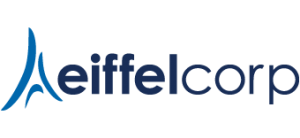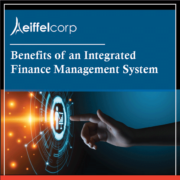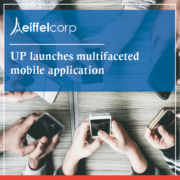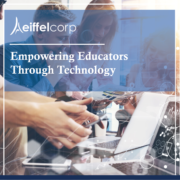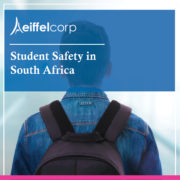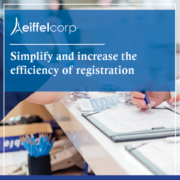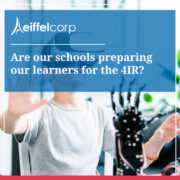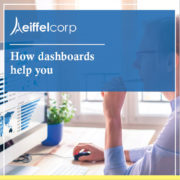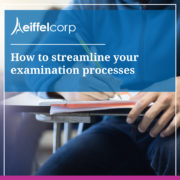
Most, if not all, institutions would agree that effective management of fee payment is integral to its success. From admissions and registration to graduation, residence facilities or even transport facilities – all activities are reliant on the student being able to pay fees successfully and the institution being able to invoice and receive fees.
This process also needs to run smoothly, as even the smallest error can affect the school’s balance sheet and impact the university or college’s reputation negatively.
But fee management entails more than receiving payments and generating invoices. It also includes record-keeping, backdating of receipts, cancelling transactions and requesting payments. A student fee management system streamlines this process. It saves time and resources, but most importantly minimizes human error.
Here are some of the benefits of using a student fee management system.
An integrated fee management system
A high-quality student management system would usually come with an integrated fee management system. This gives your institution the facility to set up a complete fee structure according to each relevant student category, course or service requirement. This system also enables you to collect late payments and fines.
Streamlined online transactions
An integrated payment gateway allows students to submit their fees online without hassle. Online transactions also have the benefit of keeping a record of each transaction. It also allows you to generate reports with all relevant details of the transaction, and access to this information at any time.
Invoice Generation and Bill Reports
Generate invoices for each and every transaction, regardless of the type of payment, without fuss. Some student management systems also allow for customized invoicing within various categories. And this would allow your institution to download a record in PDF or Excel format in bulk. A student information system should also come with accounting software to manage the ledger account.
This streamlined accounting system reduces tedious manual tasks, saving time and resources.
A central point for all finances
An institution collects fees for various services and products. For admission, exams, registration, scholarship money, residence fees, library fees and so forth. With the correct student management system, these tasks can all be performed within one platform. This makes fee management operation simple, smooth and fast.
Specify discounts
A student management system allows you to set up relevant discounts for students. Whether itis a fixed percentage on all fees or an ad-hoc discount. Once set up, the system will allow for this discount without manual intervention needed. The system can also generate a separate report based on the category assigned to the discount.
Oversight and insight
The centralized system that comes with integrated fee management empowers your institution with full oversight and insight overall transactions. You can also give access to other departments for specified transactions. You can view and generate reports from the financial database quickly and easily. Some systems even allow you to hold documents should a student have any outstanding fees on his/her account. And view payment records of students within chosen categories.
Choose wisely
A student management system automates finance management. This helps simplify and streamline the complex and tedious operations of fee management. Contact us for advice on choosing a student management system that will speak to your pain areas and enable your institution to reach new heights. Or visit www.academia.eiffelcorp.co.za for more information.
